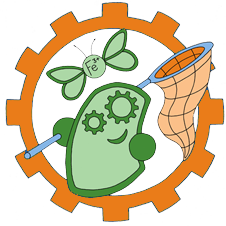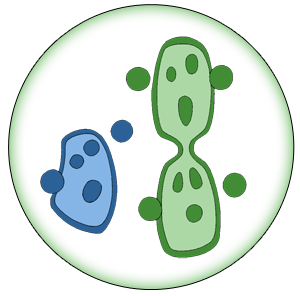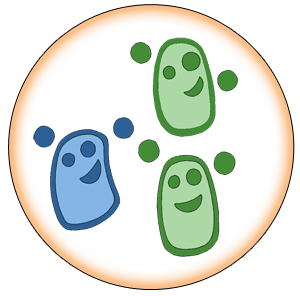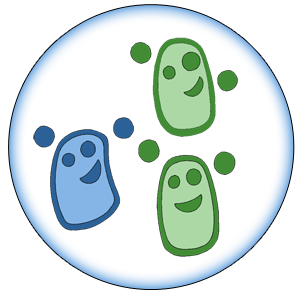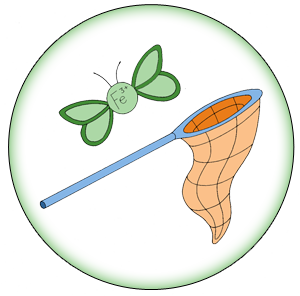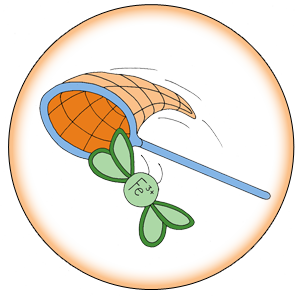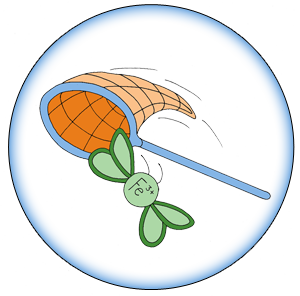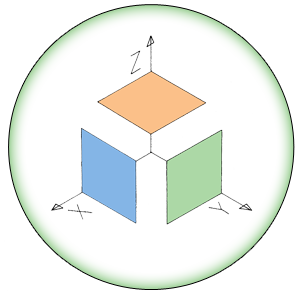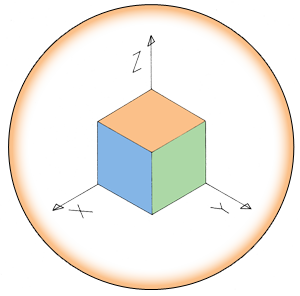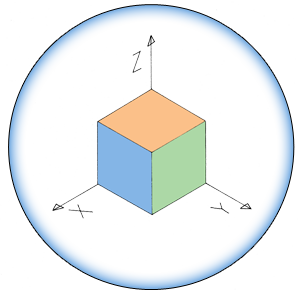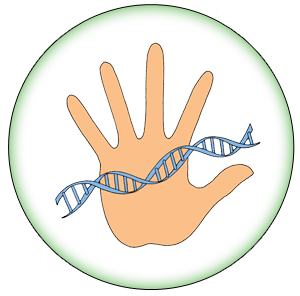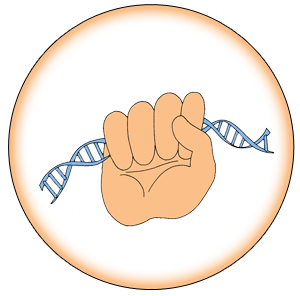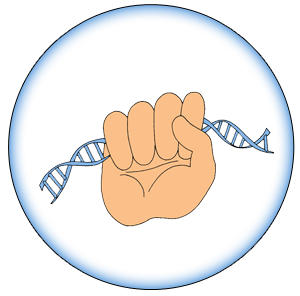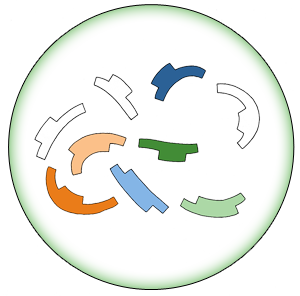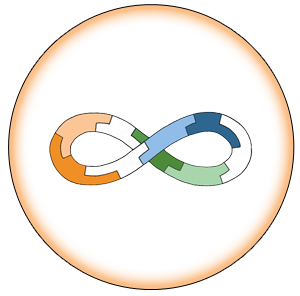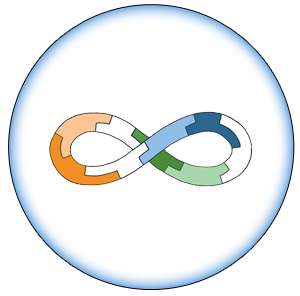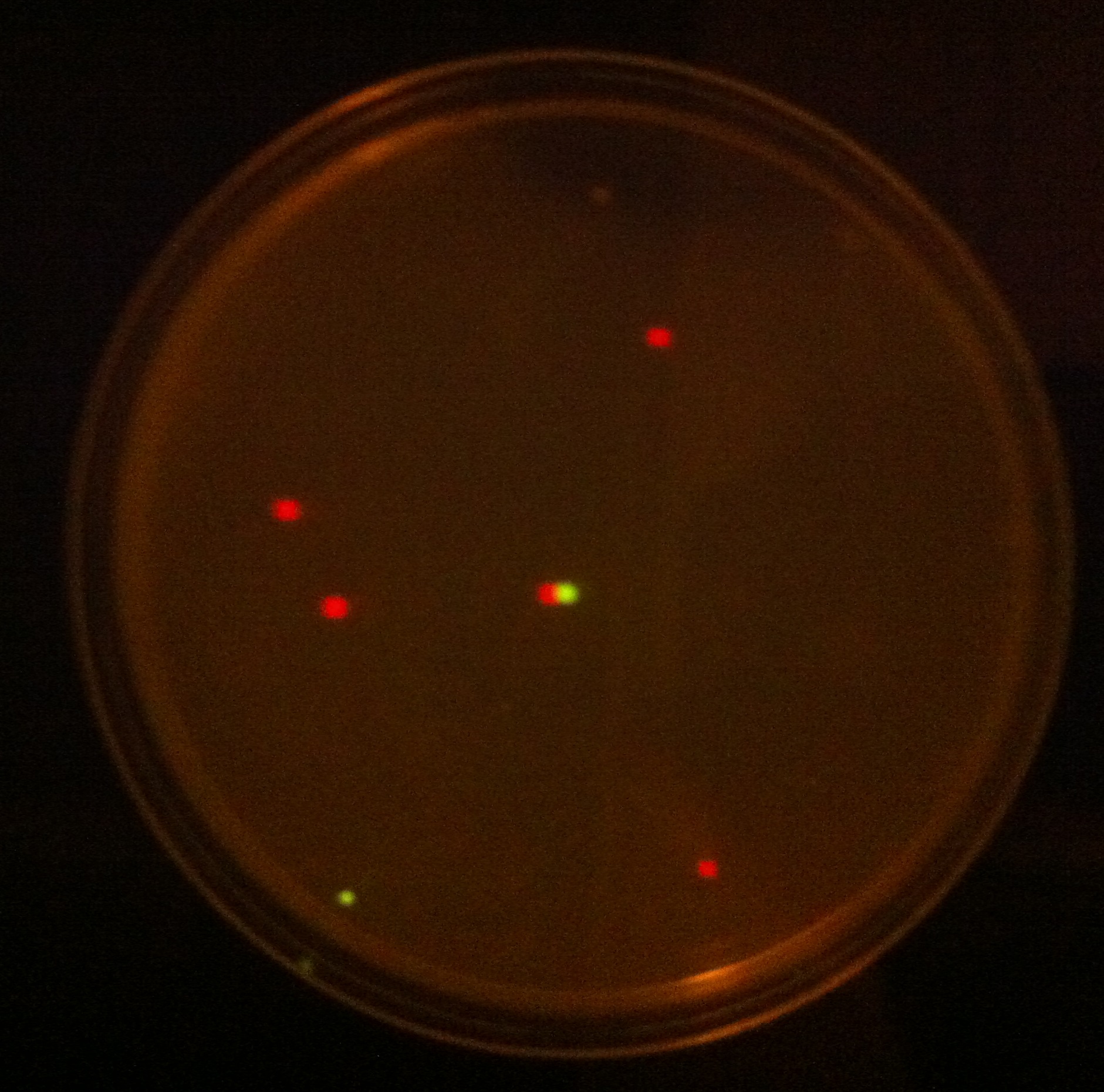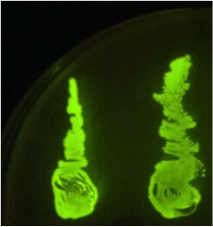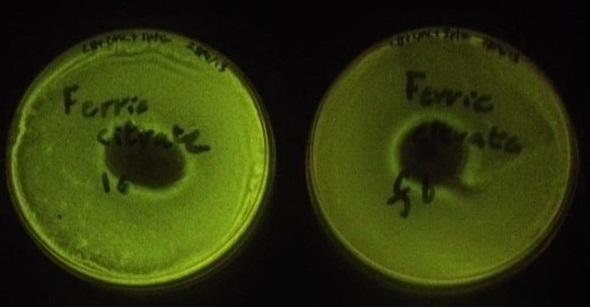Team:Edinburgh/Project/Results/Metal promoters Results
From 2013.igem.org
| Line 15: | Line 15: | ||
[[File:APlateWithRFPandGFP.jpg|600px]] | [[File:APlateWithRFPandGFP.jpg|600px]] | ||
| + | |||
| + | |||
| + | [https://2013.igem.org/Team:Edinburgh/Project/Results/Metal_promoters_Results#Top Back to top] | ||
| Line 37: | Line 40: | ||
Using the same GenBrick method, an assembly was made with the same parts but instead of the fur box linker, a new linker was designed ([https://2013.igem.org/Team:Edinburgh/GenBrick/Linker_Designer linker 6]). In effect, the new assembly was the same as the last one, except without a fur box and was used as a control for the iron assay. To test whether or not the fur box was affecting GFP production in the cell when iron concentration varied, a simple iron assay was devised with ferric citrate and ferrous sulfate. Four plates were lawn plated on IPTG and chloramphenicol plates; two plates were made with the fur box assembly (from the same original colony) and two plates were made with the linker 6 assembly (also from the same original colony). On a linker 6 and a fur box plate, 100 mg of ferric citrate was added (figure 4). On the other plates, the same assay was made but with 100 mg of ferrous sulfate (figure 5). | Using the same GenBrick method, an assembly was made with the same parts but instead of the fur box linker, a new linker was designed ([https://2013.igem.org/Team:Edinburgh/GenBrick/Linker_Designer linker 6]). In effect, the new assembly was the same as the last one, except without a fur box and was used as a control for the iron assay. To test whether or not the fur box was affecting GFP production in the cell when iron concentration varied, a simple iron assay was devised with ferric citrate and ferrous sulfate. Four plates were lawn plated on IPTG and chloramphenicol plates; two plates were made with the fur box assembly (from the same original colony) and two plates were made with the linker 6 assembly (also from the same original colony). On a linker 6 and a fur box plate, 100 mg of ferric citrate was added (figure 4). On the other plates, the same assay was made but with 100 mg of ferrous sulfate (figure 5). | ||
| + | |||
| + | |||
| + | [[File:Ferric_Citrate.jpg]] | ||
| + | |||
| + | '' '''Figure 4.''' '' | ||
| + | |||
| + | |||
| + | [[File:Ferrous Sulphate]] | ||
| + | |||
| + | '' '''Figure 5.''' '' | ||
Revision as of 21:18, 4 October 2013
Fur Box Assembly
Using the protocol found in the appendix, a 3-part construct was assembled with an acceptor vector pSB1C3 (BBa_K1122009), a Lac promoter and truncated gene called PLac_LacZ (BBa_J33207) optimised for GenBrick and a fluorescent protein, GFP (BBa_K1122004). More information on the structure of the assembly can be found in the GenBrick in action section.
When the assembly was finished, two transformations were made with competent E. coli JM109 and plated on IPTG + chloramphenicol plates and left overnight. In one plate, 4 out of 9 colonies were green fluorescent; the other five had religated and were red fluorescent. Figure 1 shows this plate after two GFP+ colonies were taken and restreaked; the red colonies exhibit RFP from the religated vector. The other plate had a success rate of 8 out of 20 (the competent cells were concentrated x10 before plating). Figure 2 shows the assembly fluorescing under UV when no iron was present, which proves that GFP is successfully over-expressed. Figure 3 shows the gel of restriction-digestion gel using PstI and XbaI.
Figure 1. This plate has chloramphenicol and IPTG. Originally it had 4 out of 9 colonies green fluorescent and the rest red fluorescent, however two green fluorescent colonies were taken and restreaked for the iron assay.
|
Figure 2. Fur box Assembly. After transforming competent cells with the assembly and leaving overnight on an IPTG + chloramphenicol plate, 2 green fluorescent colonies were restreaked. A gel was performed to show the parts had correctly assembled. |
Figure 3. Fur box digest. On the left is the ladder, the first column is the undigested assembly which shows only one band (the second lower band is an artifact due to leakage). The second column contains the digested assembly. The size of PLac_LacZ + linkers + GFP was correct. |
Using the same GenBrick method, an assembly was made with the same parts but instead of the fur box linker, a new linker was designed (linker 6). In effect, the new assembly was the same as the last one, except without a fur box and was used as a control for the iron assay. To test whether or not the fur box was affecting GFP production in the cell when iron concentration varied, a simple iron assay was devised with ferric citrate and ferrous sulfate. Four plates were lawn plated on IPTG and chloramphenicol plates; two plates were made with the fur box assembly (from the same original colony) and two plates were made with the linker 6 assembly (also from the same original colony). On a linker 6 and a fur box plate, 100 mg of ferric citrate was added (figure 4). On the other plates, the same assay was made but with 100 mg of ferrous sulfate (figure 5).
Figure 4.
Figure 5.

| 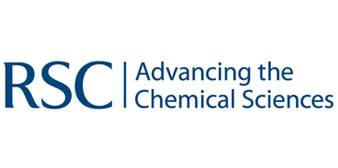
| | | | 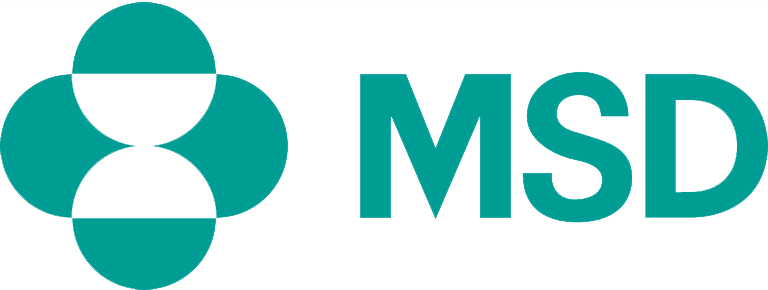
|
| This iGEM team has been funded by the MSD Scottish Life Sciences Fund. The opinions expressed by this iGEM team are those of the team members and do not necessarily represent those of MSD | |||||
 "
"

